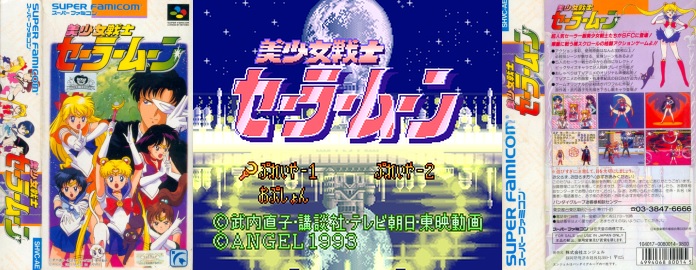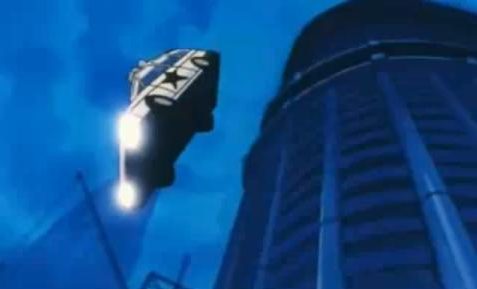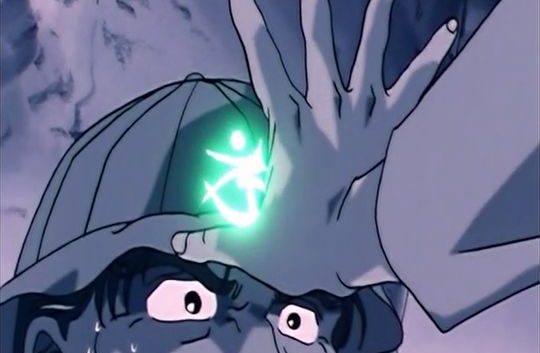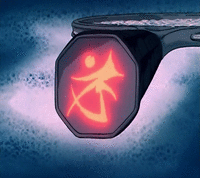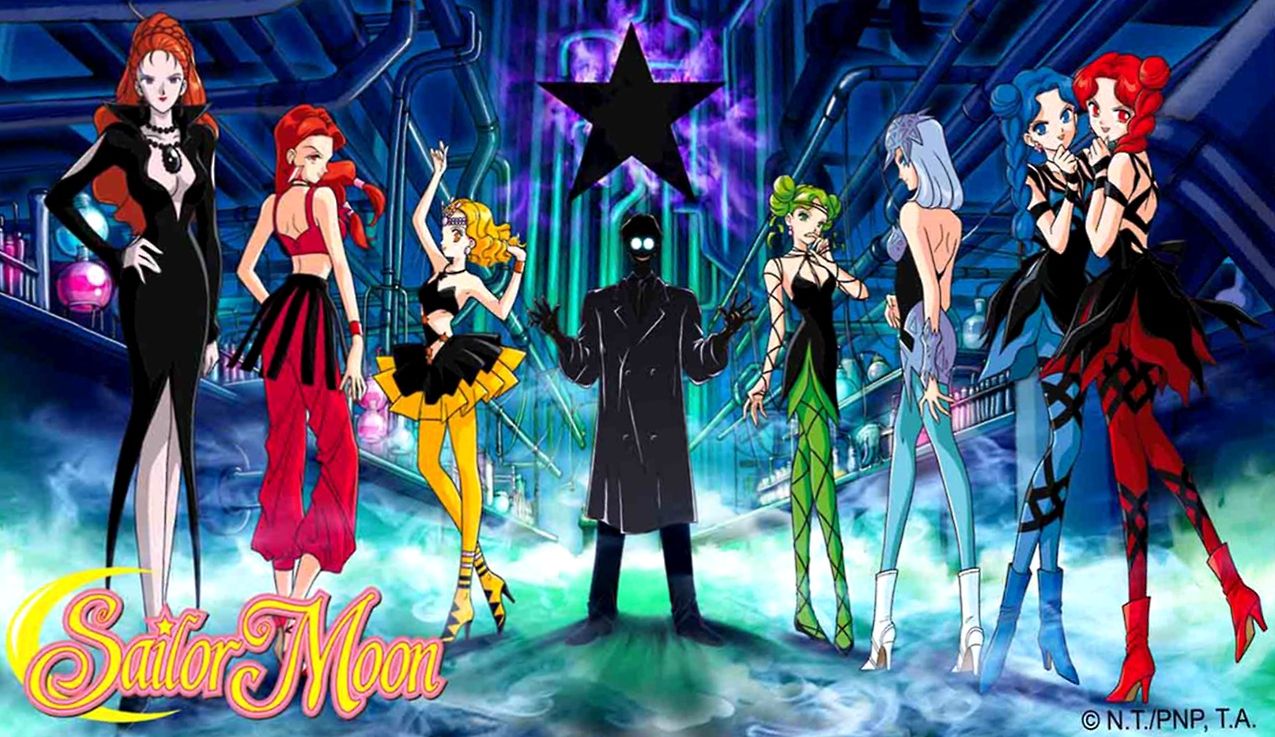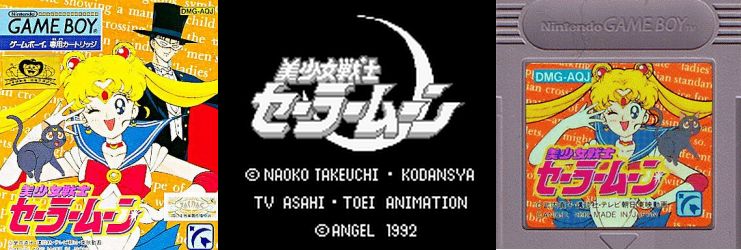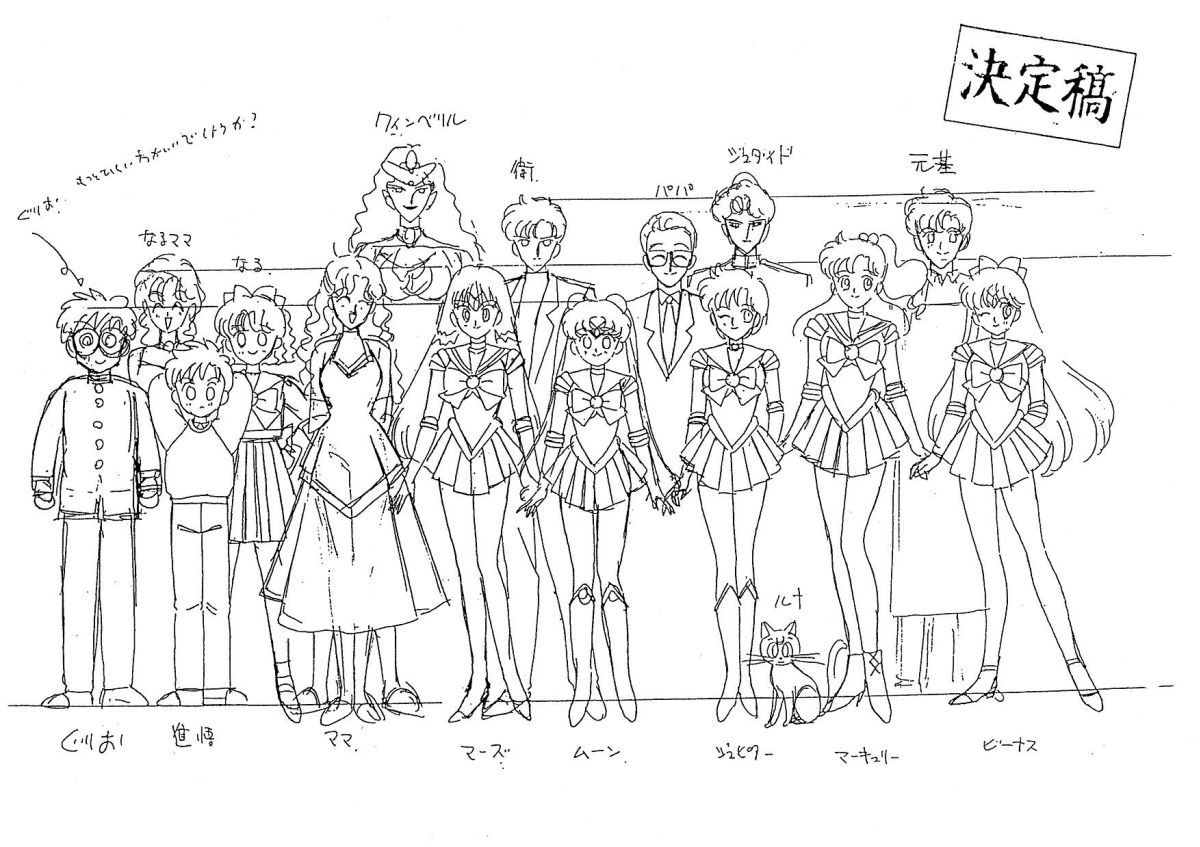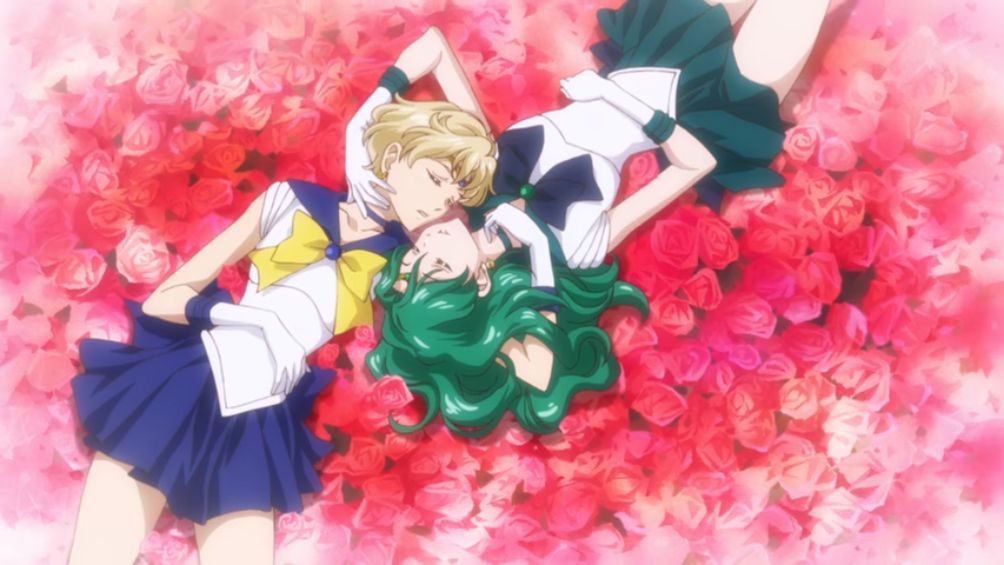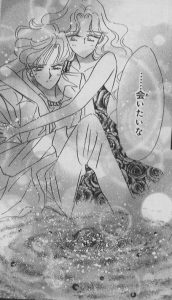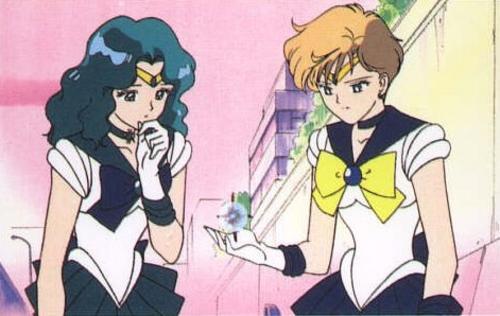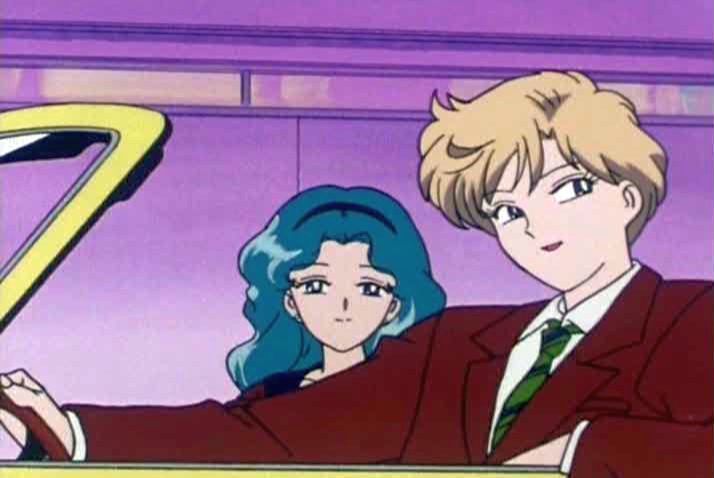After the amazing success of the Sailor Moon game for the Game Boy, developer Angel went immediately back to the drawing board to make their next game – this time for the then-leading powerhouse, the Super Famicom. Released on August 27, 1993, the game came out while the Sailor Moon R anime was airing on TV, but considering the lead time necessary to develop a game like this, it seems to have been based entirely on the Classic season of the anime. So without further ado, let’s take a look and see what Pretty Soldier Sailor Moon has to offer!
Why Did Mimete Call Eudial a Snail Lady?
At first glance, it doesn’t seem particularly noteworthy that Mimete would refer to Eudial at a “Snail Lady” since there are several scenes in the anime where Mimete uses them to harass her. But when you stop and think about it – as I’m wont to do with incredibly tiny details about anime – it doesn’t really make any sense why Mimete would call Eudial something that she so clearly dislikes. I mean, you don’t refer to someone with acrophobia1 as “Ms. Tall Places” or someone someone with an extreme dislike for legumes as “Mr. Bean,” right?2 So if that isn’t the reason, what is the connection between Eudial and snails?
What Does Nephrite’s Cursed Symbol Mean?
One of the interesting things about the Classic season of the Sailor Moon anime is that each of the Four Kings of the Dark Kingdom not only had their own unique objectives, but they also had their own youma and their own ways of trying to achieve their goals. While Jadeite may have decided to get energy en masse, for example, Nephrite chose to get energy from a person when they were at their peak. But there’s one thing that I always wondered about many years ago when I watched Nephrite put his mark on his future victims: does that mark actually have any sort of meaning behind it?
The answer to this question is unfortunately, like is often the case when discussing the world of Sailor Moon, both yes and no. While the producers behind the anime were no strangers to adding in obscure hidden references into the background of scenes or playing games with character names, the answer to this question is rather straightforward – if you know where to look for the answer.
Since we see Nephrite use this symbol in multiple episodes when he puts his mark on a possession important to each of his victims, we can pretty definitively state what the proper orientation is (i.e., which way is up and, thus, how it should be interpreted). When you look closely at it, you can see that this symbol is really nothing more than a stylized form of the katakana used to spell out his name in Japanese – more specifically, the ネ (ne) in ネフライト (nefuraito).
But that’s no good reason to get disappointed, not yet at least! First, we need a brief history lesson.1
Hiragana and katakana,2 the two Japanese syllabic alphabets, developed from evolutions – simplifications, really – of kanji, which had been previously used in the form of man’yogana3 wherein kanji was read not for its symbolic meaning, but was used to phonetically spell out Japanese words. This was obviously not ideal for several reasons:
- Very little consistency between authors over which kanji was used to represent which sound (i.e., there are dozens of kanji that can be pronounced ne, so which do you use?)
- Kanji is time-consuming to write and requires more finesse for fine lines
- It was unclear when a kanji should be read for pronunciation and when it should be read for meaning (a proper noun, for example)
The katakana symbol ネ (ne) comes from a simplification of the kanji 祢 (ne),4 more specifically, the left radical of that kanji. When you take a look at how the kanji is simplified when writing in one of the various cursive styles of Japanese calligraphy, you can see the similarities with Nephrite’s mark.
You can see that as the kanji is written in more stylistic manners, the left radical bears a strong resemblance to the mark that Nephrite leaves on all of his victims. It looks like what we have here is a case of the anime producers actually looking back to the past in order to create something new and unique. I told you this wasn’t a complete disappointment!
Now if only someone could explain to me why it would be okay for Nephrite and Naru to date, like the trouble with Usagi and Mamoru in the anime, I think all of my questions would be answered.
Where Did the Death Busters Get Their Names?
It seems that this question comes up at least once every season, but it’s just too much for me to pass up on the opportunity to discuss the depth that Ms. Takeuchi goes to when naming her characters. And that’s saying nothing of the entirely different styles of pun-tastic names that the anime producers went with when naming their various youma, cardians, droids, daimons, and other monsters of the day. Now that the Death Busters have made their long-awaited appearance in the Sailor Moon Crystal anime, it seems like now is as good of a time as ever to discuss how it is that they characters got their names. So what was the inspiration behind the names of the Witches 5 and the other members of the Death Busters?
[Sailor Games] Pretty Soldier Sailor Moon (Game Boy)
Almost as soon as Sailor Moon was released in Japan, it had a fully-charged marketing machine right behind it ready to put the story of these sailor-suited magical girls into every product imaginable. From finger puppets to puzzles, paper plates to board games, Sailor Moon probably had a product of some sort to meet the needs (and price points!) of most kids. It really shouldn’t come as any surprise that Sailor Moon would get a game, though it is interesting that its first game would be for the Game Boy. Programmed by Angel (a subsidiary of Bandai), the Pretty Soldier Sailor Moon was released for Game Boy on December 18, 1992.1 It’s probably safe to say that the release date one week before Christmas isn’t a coincidence.
Did Usagi’s Height Change as Sailor Moon Progressed?
If we were talking about the real world, of course it would be silly to ask the question of whether or not a second-year junior high school girl grew taller as she got older, but we’re talking about an anime/manga where characters have all manners of hair colors and are named after rabbits, so nothing should be taken for granted. For the sake of convenience, we’re going to be restricting our discussion today to only the anime since the manga both lacks the hard numbers that we need and also tends to be a little bit more liberal in the character designs from scene to scene. But for the purposes of our discussion – namely, whether Usagi actually grew physically (though emotionally is another story!) throughout the series – we should have more than enough information to answer that.
Were Haruka and Michiru Viewed as Lesbians in 1990s Japan?
As Sailor Moon‘s popularity began to pick up in the west, and the decision ultimately came down to not continue dubbing the series (despite efforts from the fans), the fans started to reach out on the early internet for more information about the undubbed seasons and about the other, mysterious Sailor Soldiers. Fans went back and forth on the nature of the relationship between the little-known Sailor Uranus and Sailor Neptune – both women! – with people going so far as to make up lies about fake origins, gender transformations, and more.1
Though the dust has ultimately settled and, with the more direct statements in the Sailor Moon Crystal, both fans and creators can agree that they are clearly a lesbian couple now,2 this still leaves it unclear as to how their relationship was viewed in Japan. After all, if there was so much confusion in the US, wouldn’t it be natural for there to be confusion in Japan as well?
While it’s difficult to say what a country believed as a whole, I’m basing much of my statements on an article published by Newtype,3 one of the top three anime magazines in Japan. This article was published shortly after episode 126 of the anime aired,4 presumed to be the end of Haruka and Michiru’s story line. The title of the article is:
“Farewell to the Soldiers of Love – The Dramatic Tale of the Soldiers of Forlorn Love, Haruka & Michiru, Comes to an End”
The article is a bit long to provide the English and Japanese in their entirety, but the following is a translation of the relevant parts where the author describes his/her interpretation of episode 110.5
“Neptune, took the bullet from Eudial in order to save Uranus’ life. Uranus took her own life with the gun that was used to shoot Neptune. Didn’t you [the staff charged with creating episode 110] find this to be just a little sexy, in addition to its seriousness?”
“I would like you to read the following as just one interpretation of dramatic expression, as that is all it is. Thinking of this in a Freudian manner, a gun is symbolic of male genitalia. Though they appear to be lovers, neither of them has male genitals. Is there some meaning to the fact that the more feminine Neptune took the shot of her own will while the masculine Uranus shot herself of her own will (that’s right, the one who shot and the one to be shot couldn’t be reversed!)? Then, a symbolic so-called gun comes between the two of them (who do not have any male genitalia) and “talismans” are born from their bodies after they have been shot through. Almost as if a child had been born from within them…”
“The relationship between the two of them is reminiscent of the love between a man and a woman, but it was a deeper connection between spirits that was somehow even stronger than that. I think this scene was drawn out amazingly, with a hidden subtext of sexual symbolism of the depth of their relationship.”
The author manages to say both a lot and nothing at the same time, which makes it a bit difficult to interpret. Ultimately, though, I think the takeaway that you can get from this article is that if one of the biggest Japanese anime magazines was talking so frankly about the relationship, it’s fair to say that the general consensus among anime fans at the time was that there was some sort of sexual relationship between the two (even if some people chose to read into it in a Freudian manner).
Considering how important the rise to prominence of homosexual and transgendered characters was to fans in the west,6 I’m glad to see that it was seen similarly in Japan and hope that it had similar impacts. Though the anime certainly did downplay Haruka’s mixing of genders, the message seems to have gotten across fairly well, as showcased in a tagline underneath a screenshot on the same page:
“Michiru casually responds ‘Well then…’ to Haruka’s risque line of ‘I’m not letting you go home tonight.’ This was a meaningful scene that only the two of them could have.”
As for the sexuality of the other Sailor Soldiers? Well, fan theories are abound and the jury is still out, but it’s at least nice to get a glimpse into what Japanese fans thought of Haruka and Michiru’s relationship back in 1995! This does bring one question to mind, though: did the anime really do less to advance the obviousness relationship, or possibly more? As I re-watch the series, they definitely didn’t shy from anything! What do you think?
